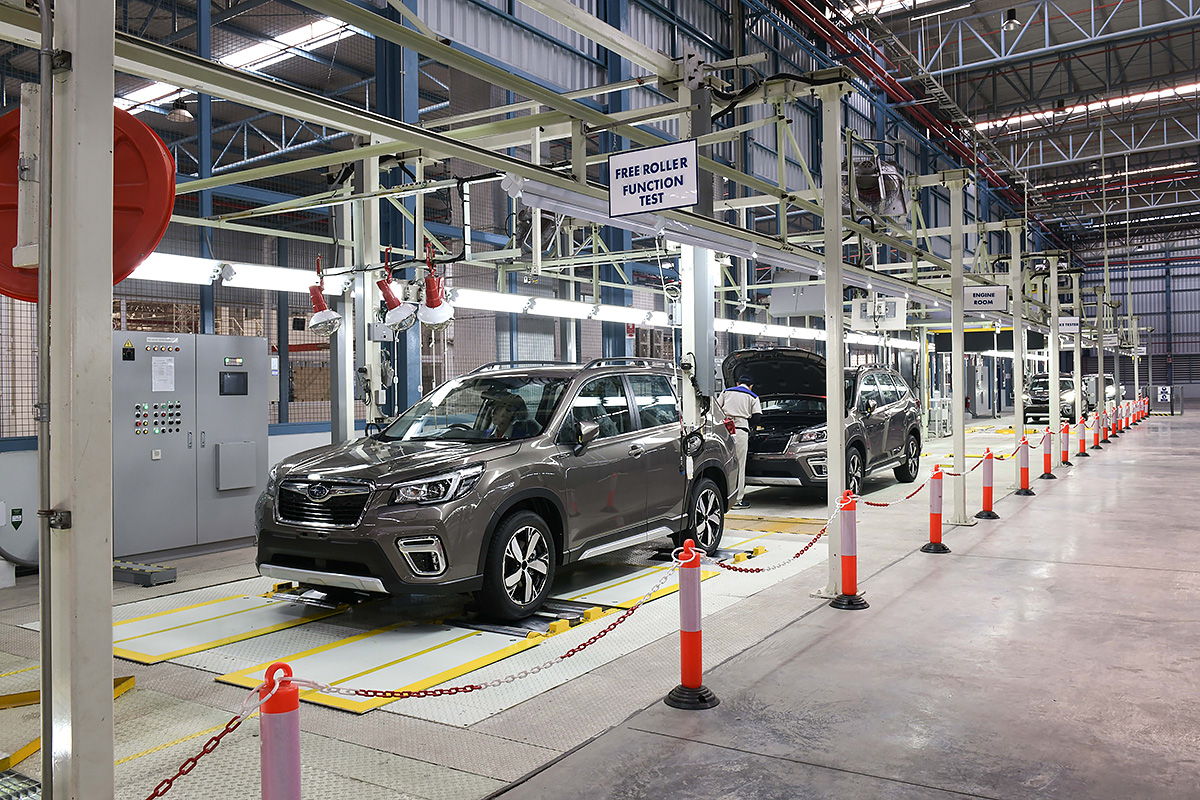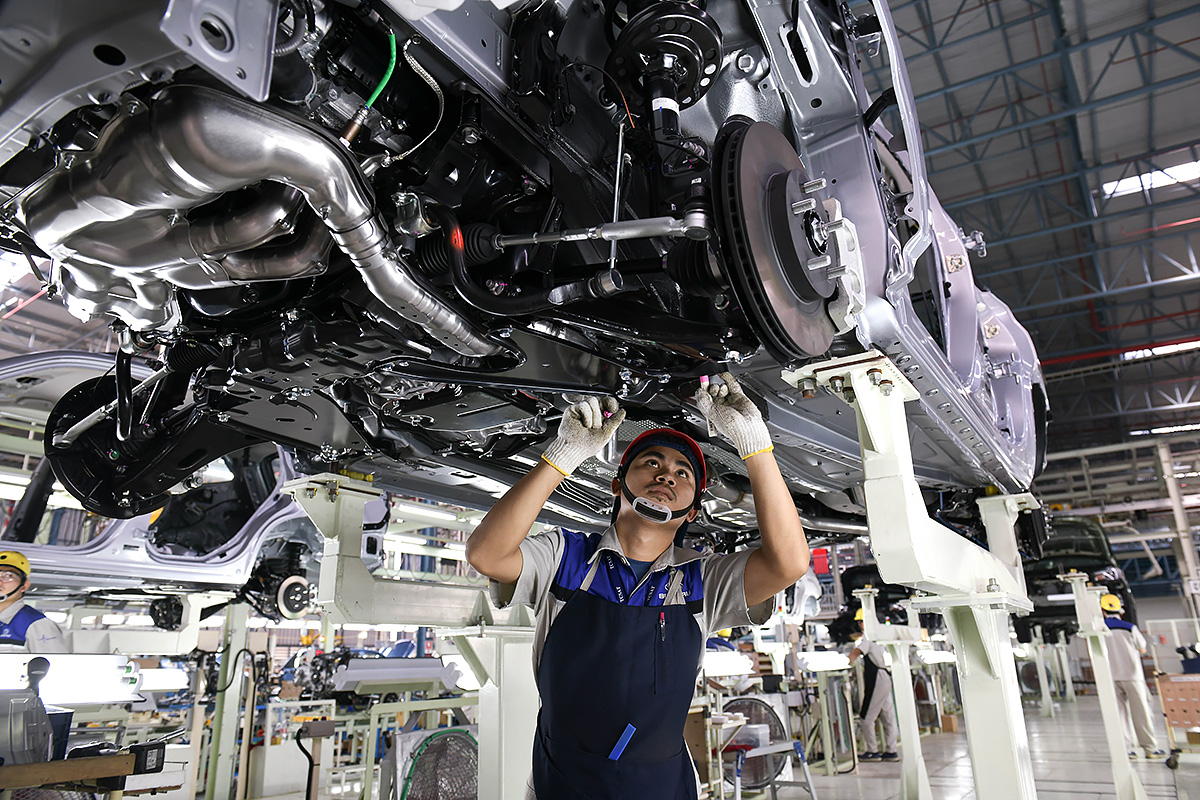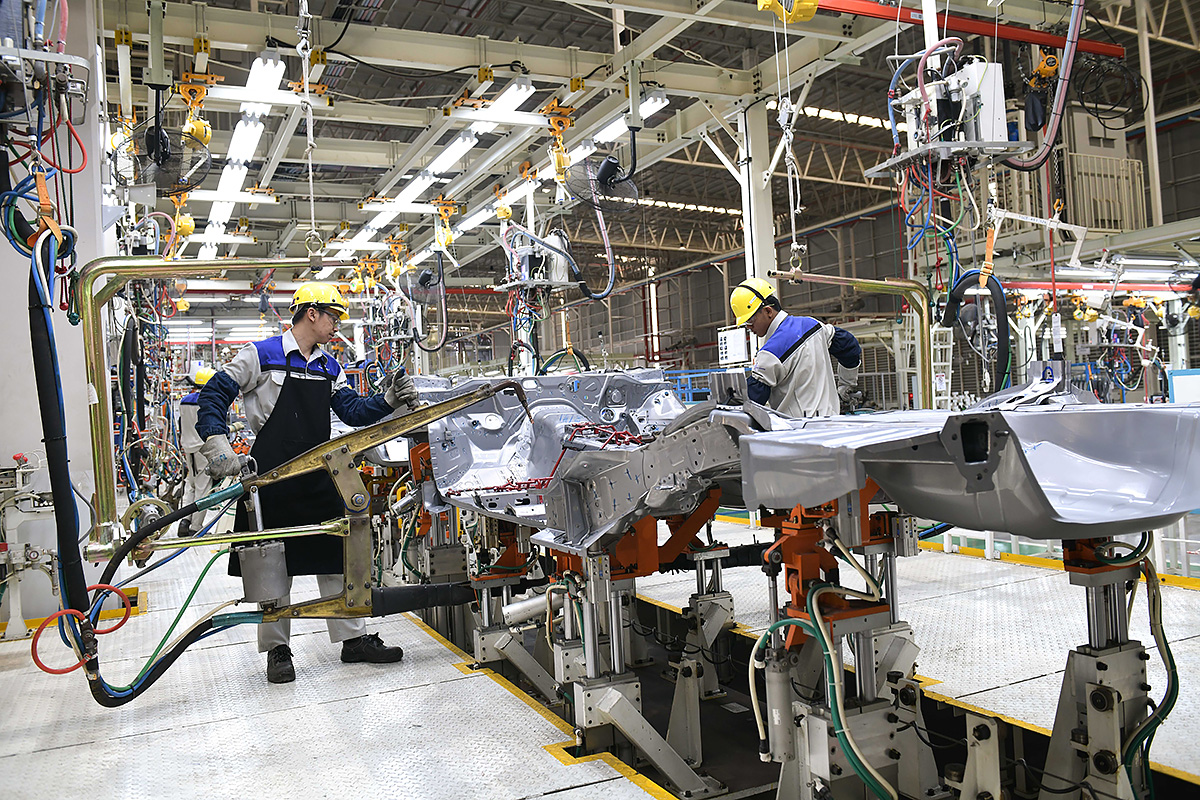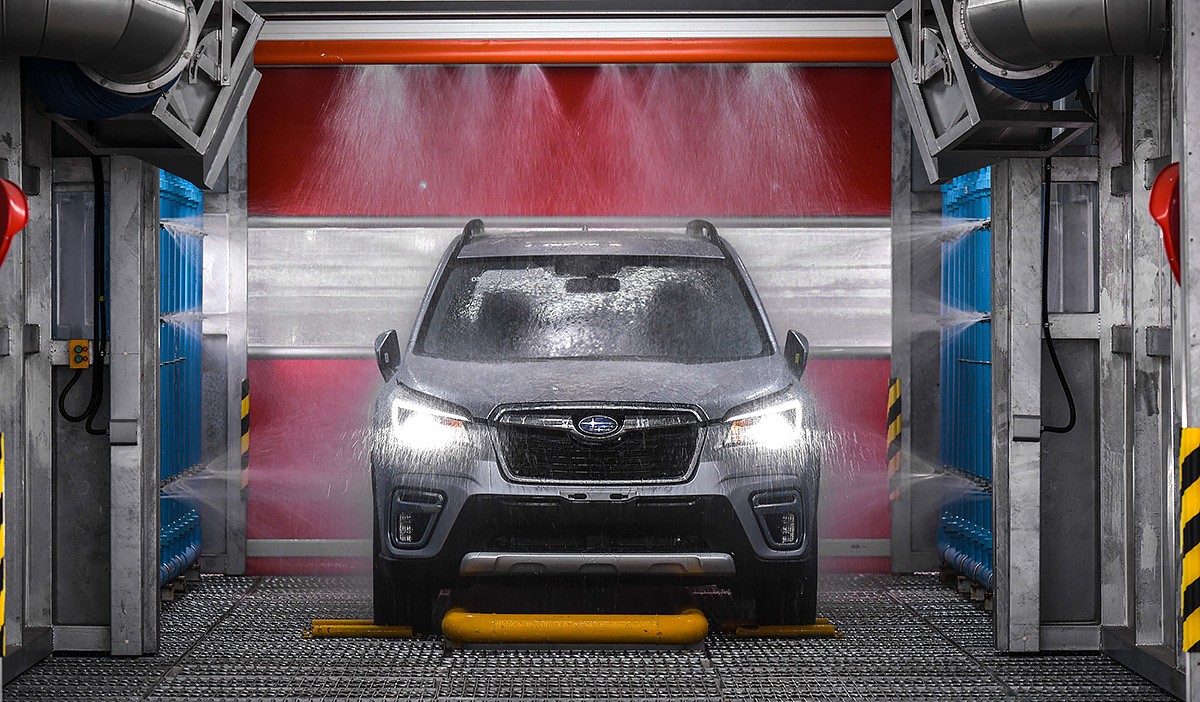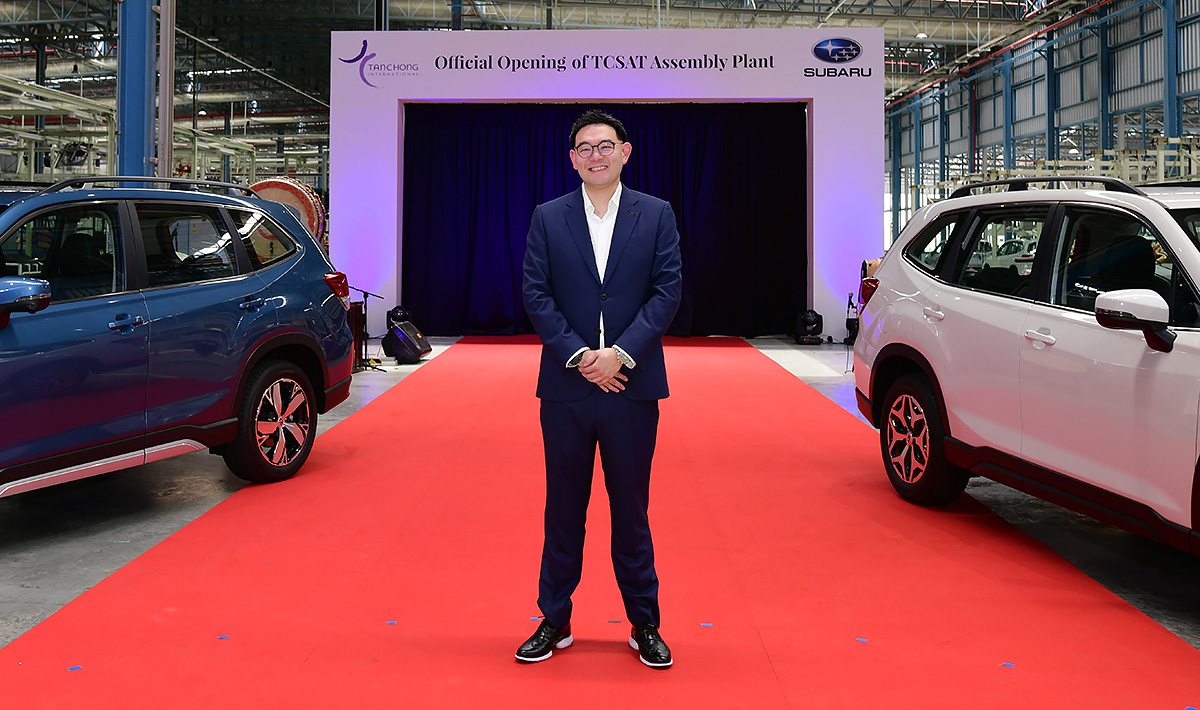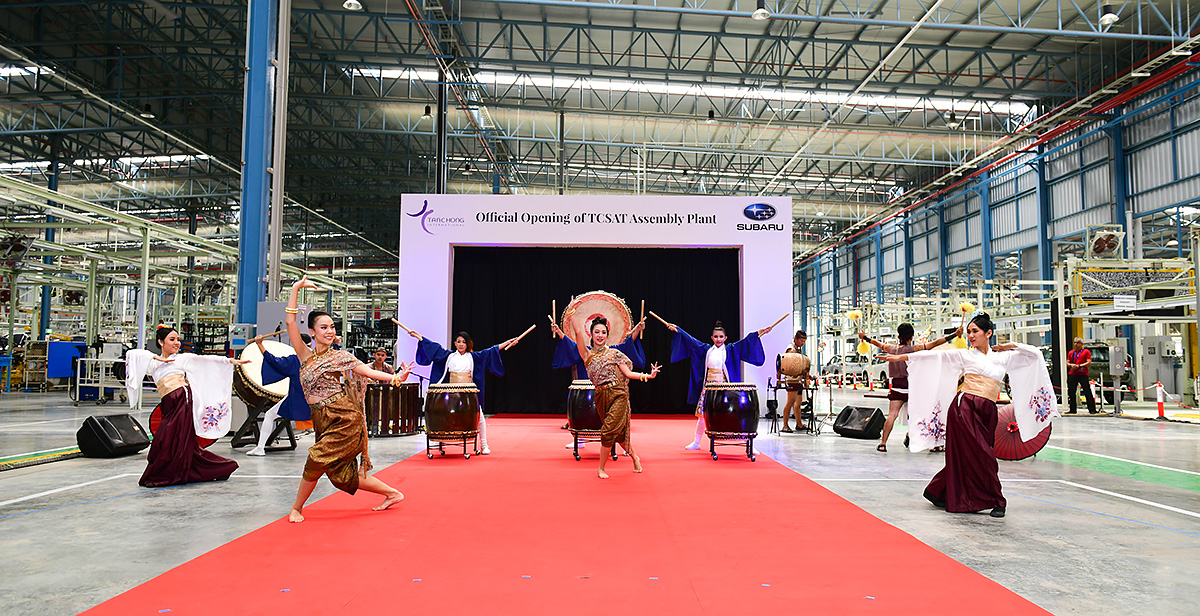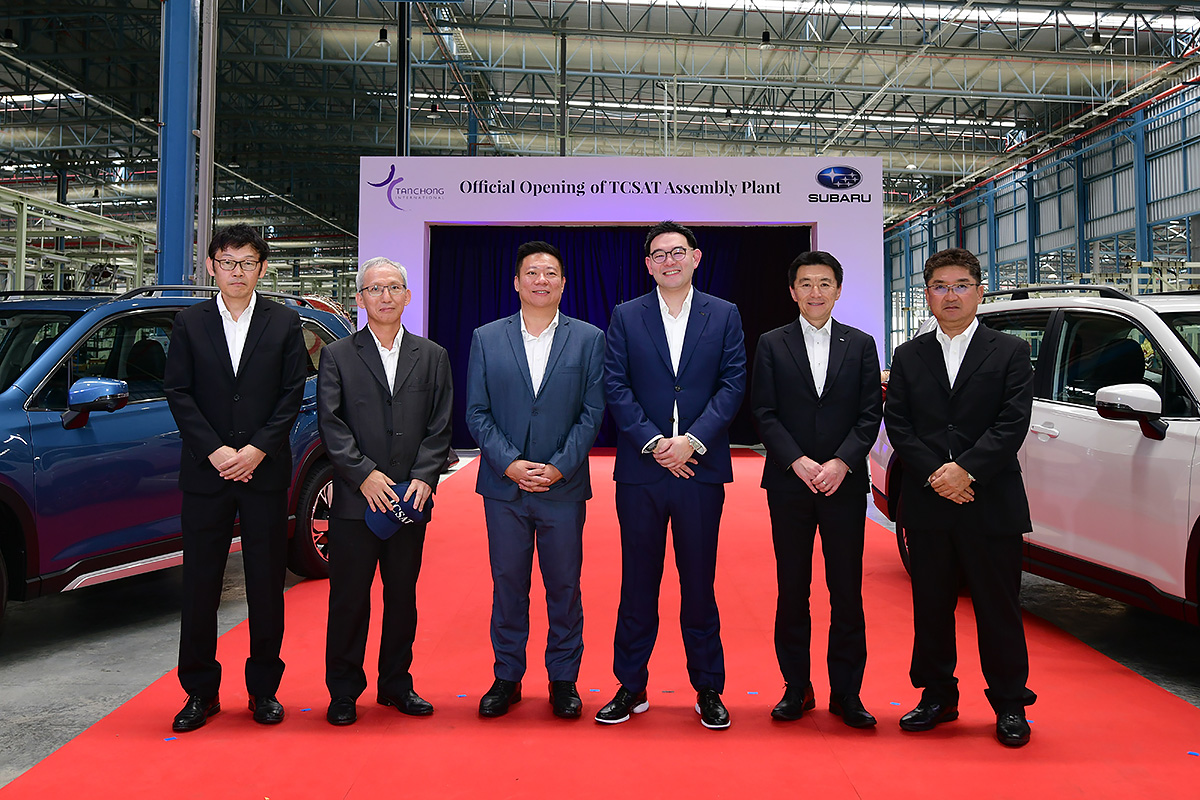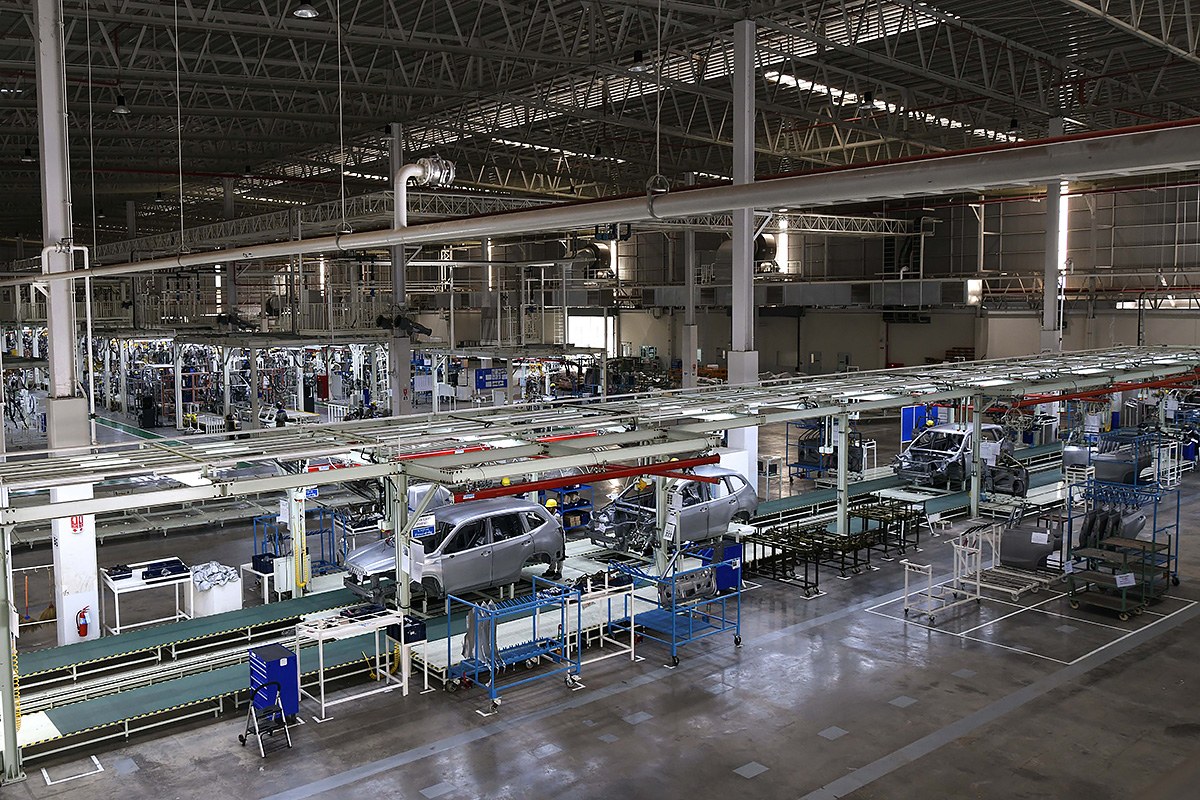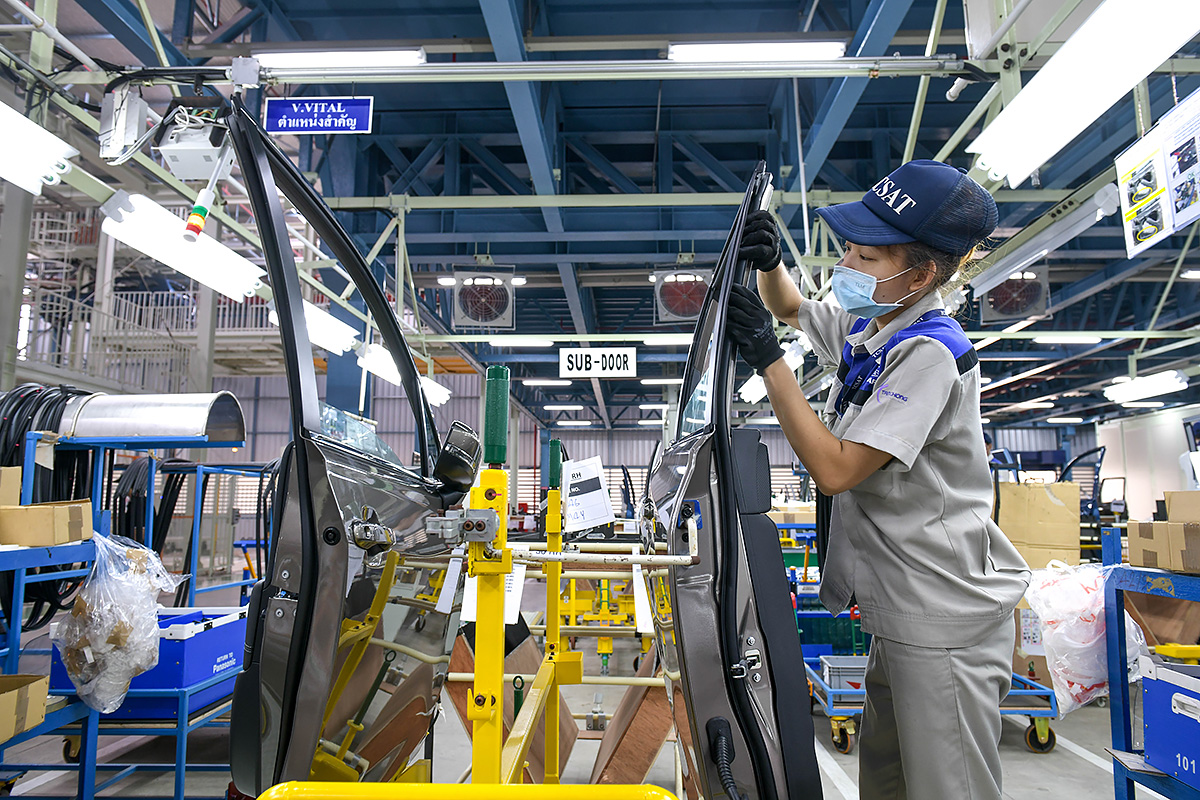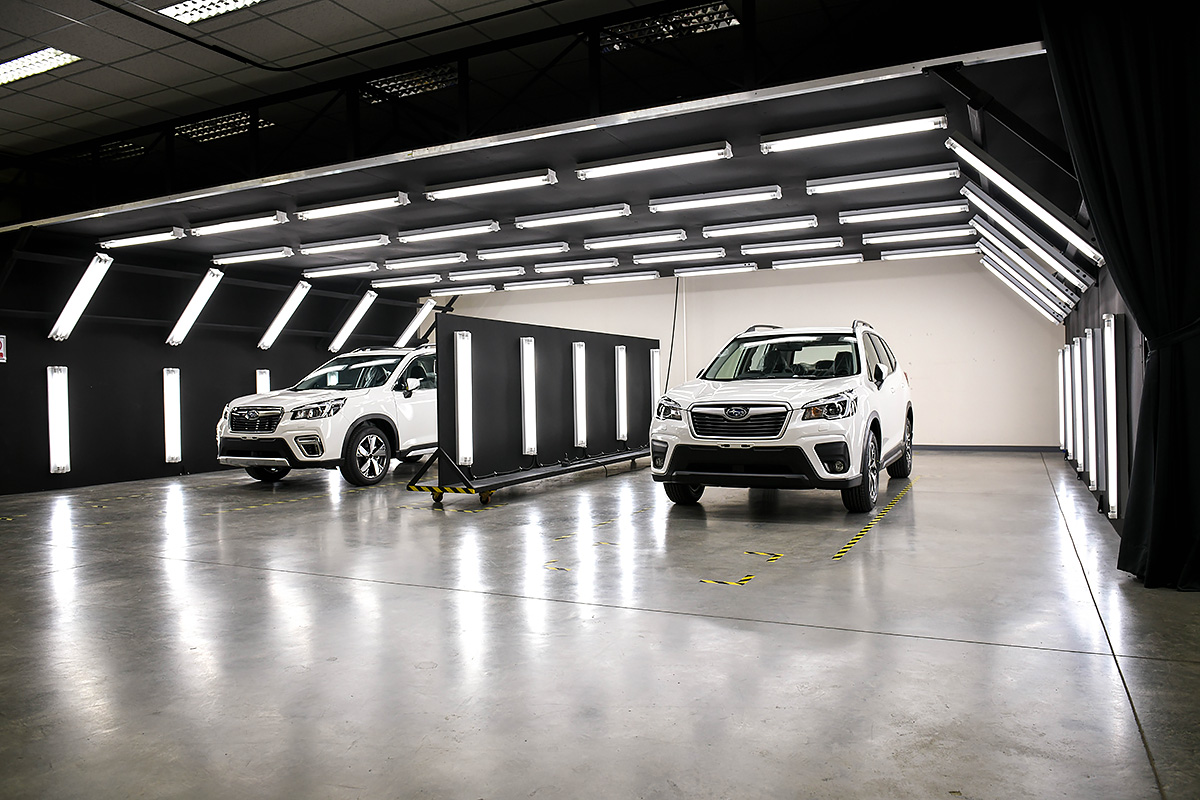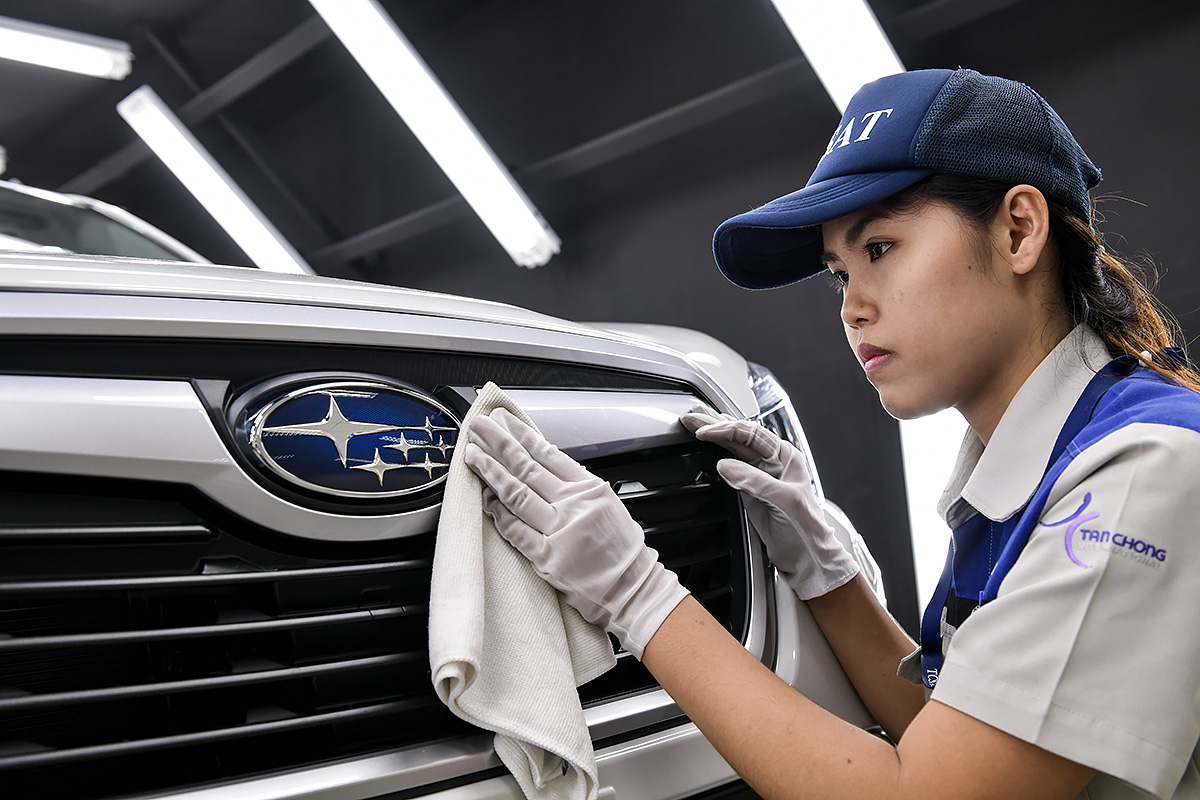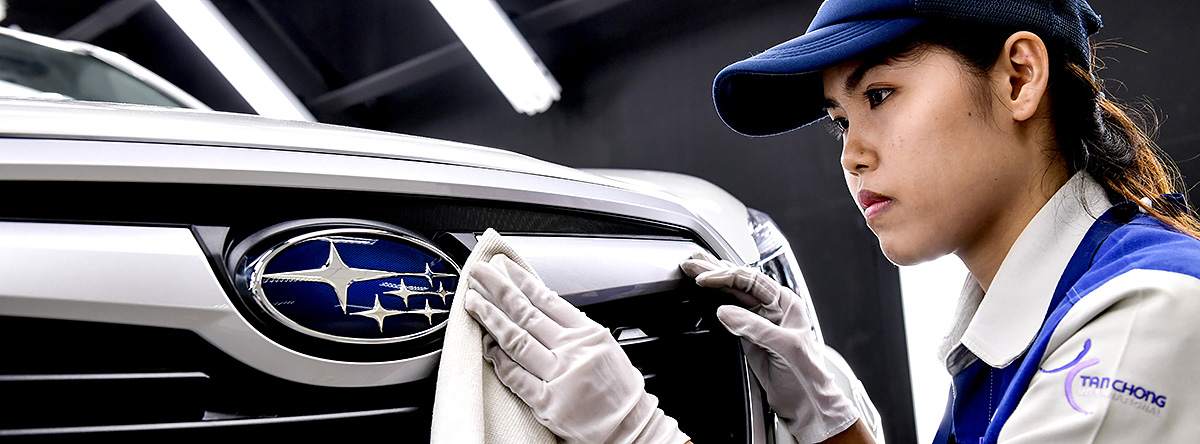
Earlier last week, we were in Bangkok, Thailand briefly where we were given the chance to take a peek inside the newly established Tan Chong Subaru Automotive (Thailand) Limited (or TCSAT) facility.
As you can probably guess, this facility is poised to strengthen the Subaru brand’s presence and efforts throughout the region. Notably, the newly opened facility isn’t just a one-sided effort from the Japanese marque as there are a few key partners involved too.
Here are some key facts you ought to know about TCSAT.
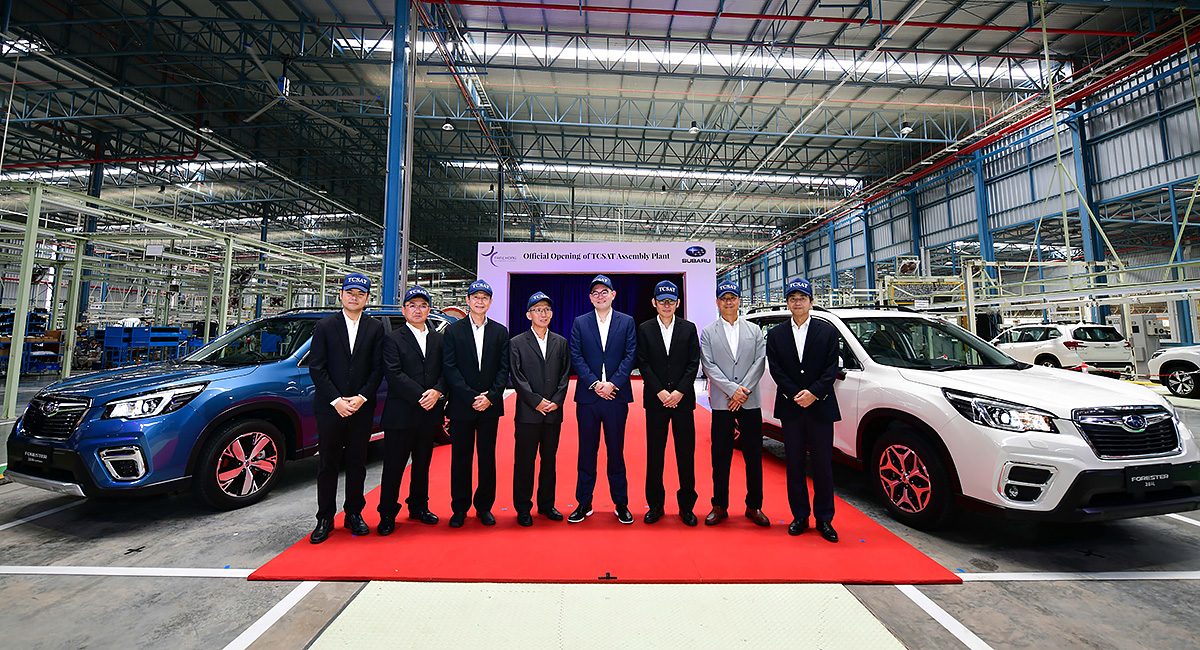
1. TCSAT – 1 of only 3 production facilities for Subaru globally
Prior to this, Subaru primarily produced cars in two locations, those being its Japanese homeland plant in Yajima (established in 1969) and a second located in Indiana, USA (established in 1989). TCSAT joins that list now as the brand’s third production facility, becoming Subaru’s first plant outside Japan to fully produce Subaru cars in Asia.
Occupying just a little over 100,000 square metres of land in Bangkok’s Ladkrabang Industrial Estate, TCSAT will initially operate to output 6,000 cars annually in its current setup, which can be ramped up further to 10,000 annually too (single shift). However, the folks at TCSAT say that 100,000 cars annually is possible with further upgrades.
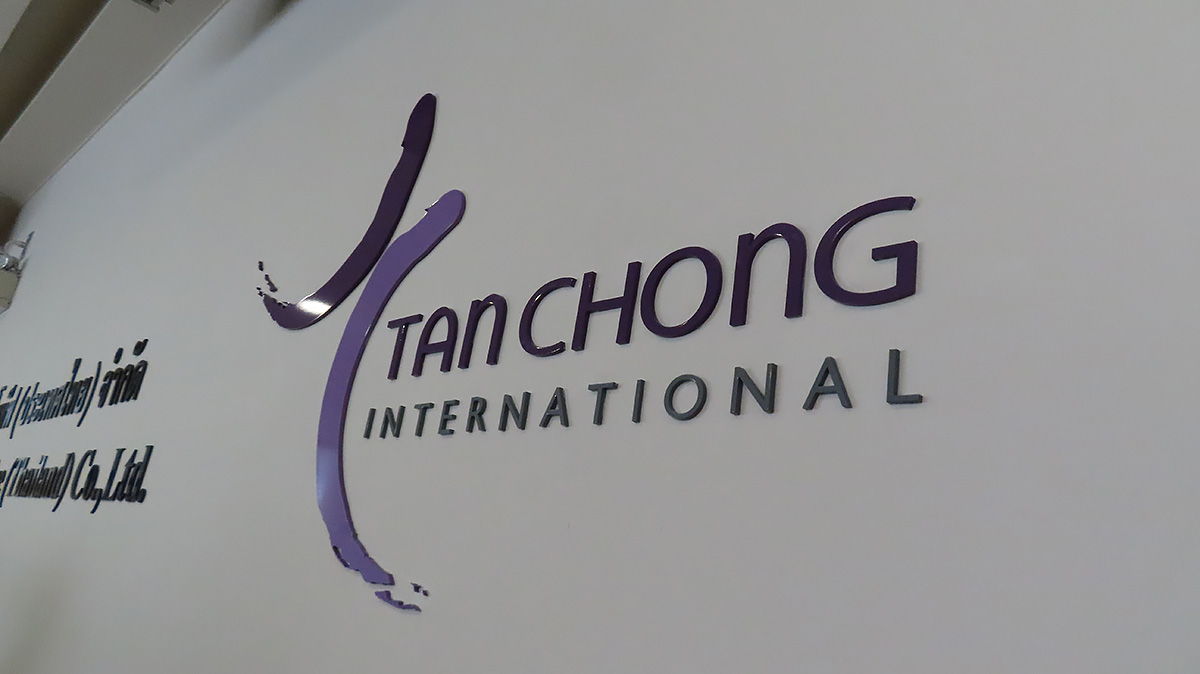
2. It’s a JV with Tan Chong, but not the one you think…
TCSAT is the product of a joint venture between Tan Chong International Limited (TCIL) and Subaru Corporation. TCIL, which is based in Singapore and listed in Hong Kong, holds a 74.9% stake of TCSAT through its TC Manufacturing and Assembly (Thailand) Limited subsidiary. Subaru Corporation of Japan, holds the remaining 25.1%.
Before you say anything, just know this: TCIL is a totally separate business from the local Tan Chong Motor firm many Malaysians are probably familiar with. Just remember that TCIL is the ‘other’ Tan Chong firm that deals with things other than Nissans. Its most notable endeavour is of course its Motor Image subsidiary, which is the region’s leading distributor of Subaru cars.
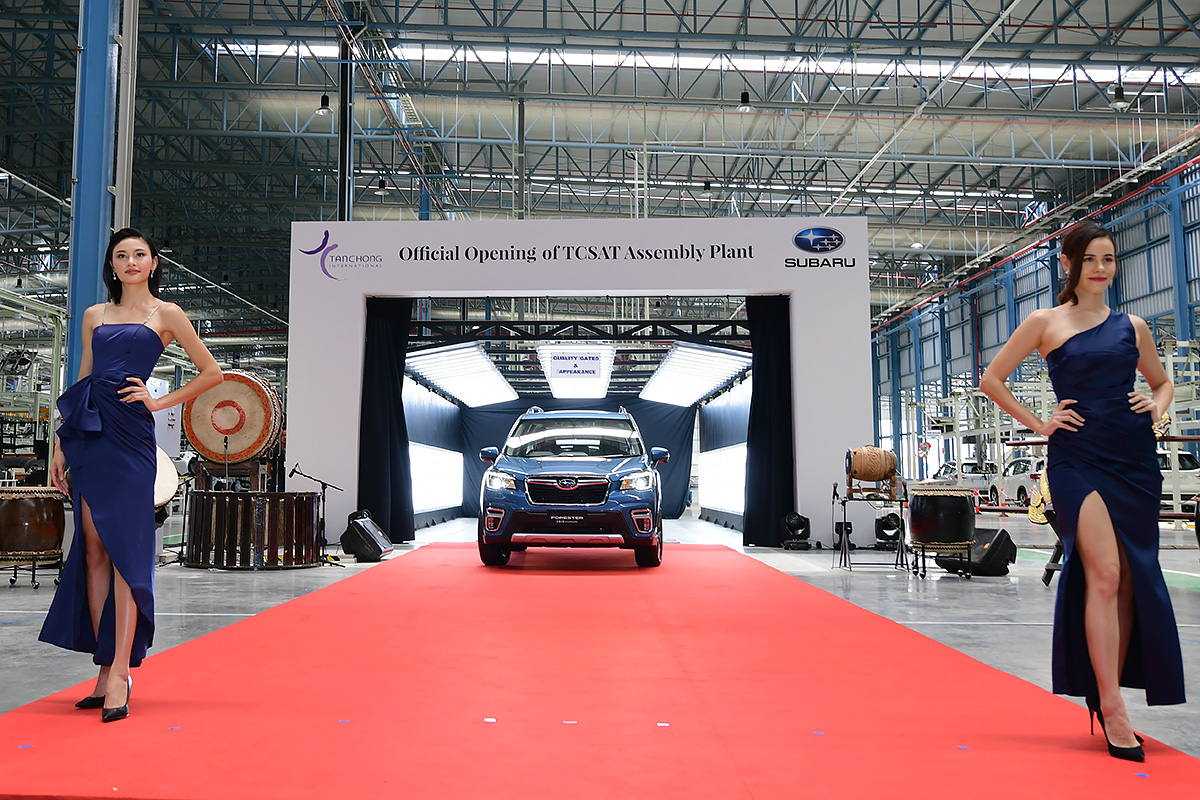
3. Thailand is a strategic location indeed
Thailand’s status as an automotive hub, with many Japanese automakers, established suppliers of components and strong localisation ability, allowed TCSAT to be set up quickly in less than two years and at a reasonable cost – TCIL says they’ve invested up to THB5 billion (US$156 million / RM645.15 million).
In addition, trade agreements in ASEAN, further allow the cars to be competitively built and exported to meet growing demands. The plant’s sole product currently, which is the new fifth generation Subaru Forester, sees more than 40% of its parts sourced regionally, thus qualifying it for export to ASEAN countries at zero import duties.
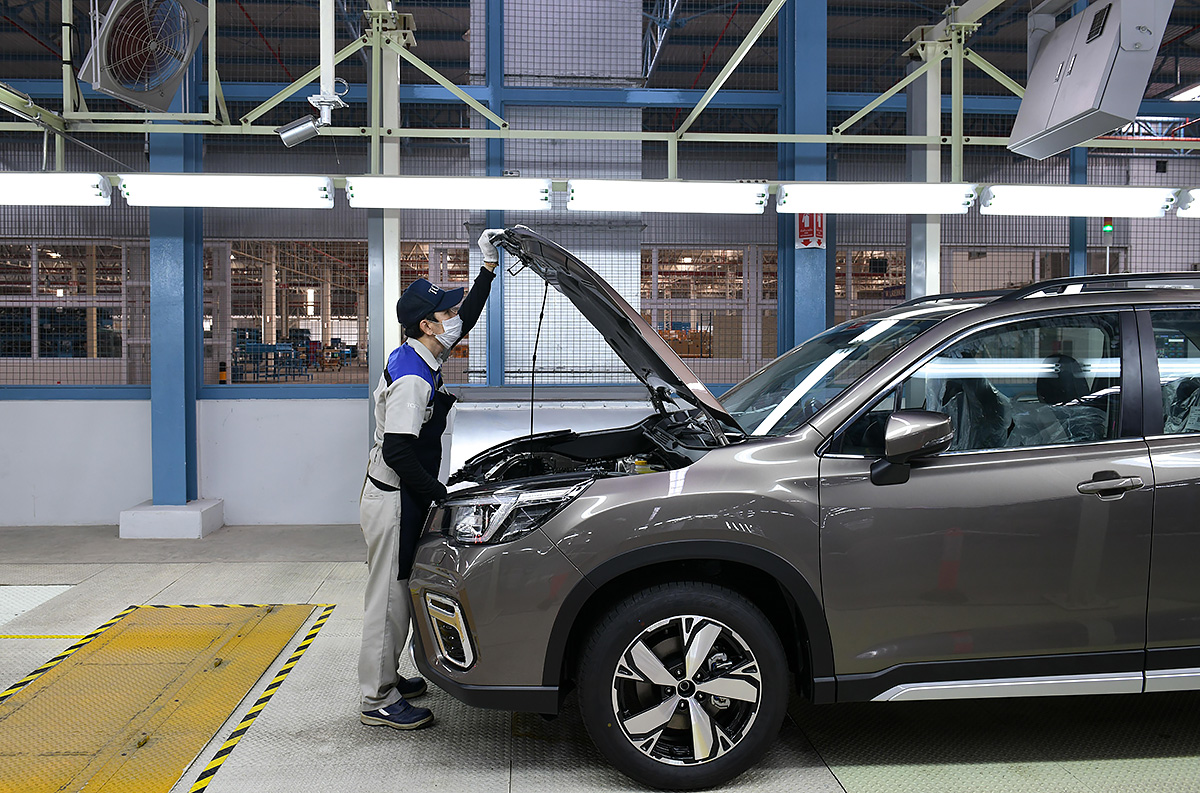
4. Just the Forester? Nothing else?
Yes, and no. For now, TCSAT has been set up to solely produce the new fifth-gen Forester crossover SUV. However, the folks at both Subaru Corporation and regional distributors Motor Image have clearly stated their intent to incorporate more models for TCSAT to produce in the near future.
While both sides remain coy as to what’s next, it most certainly will be another crossover SUV offering, possibly something bigger than the Forester. By the way, TCSAT is able to accommodate production for up to four models. We’ll have to wait a little longer to see what else will roll off its line besides the Forester though.
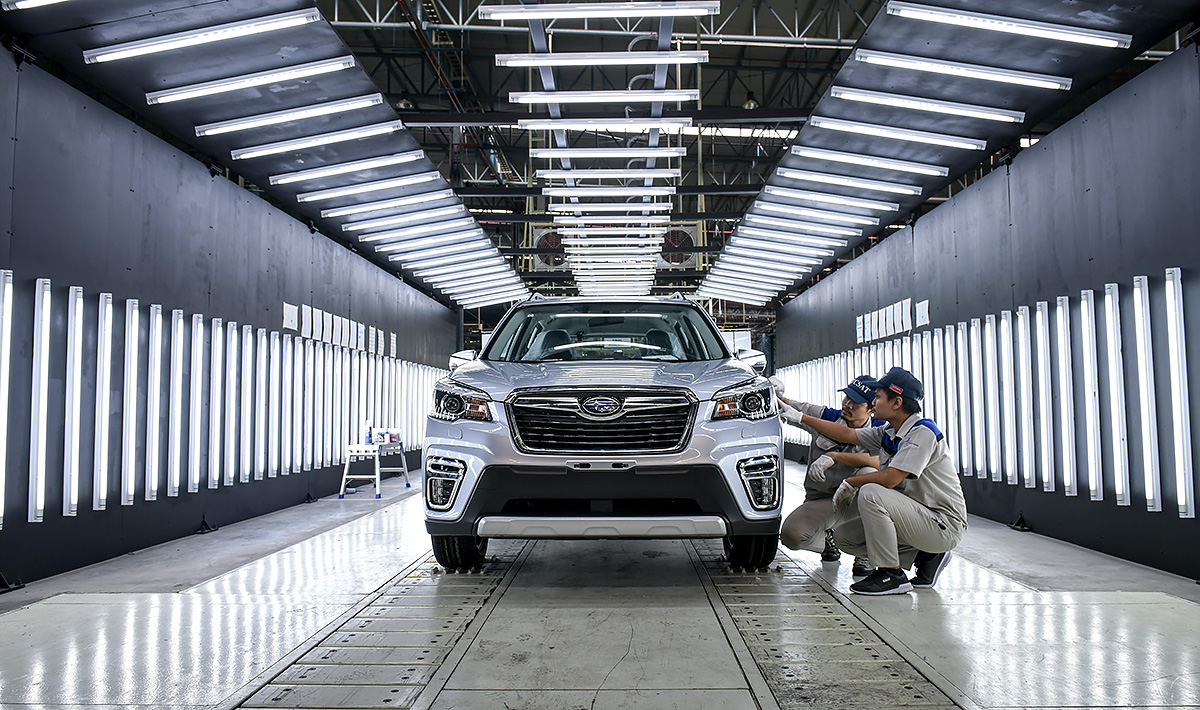
5. So no more Malaysian-built Foresters then?
Speaking of the new Forester, the establishment of TCSAT also marks the end of the current fourth generation Forester’s local assembly (CKD) efforts in Malaysia. Adding to this, said model, which was assembled at the Tan Chong Motor Assembly (TCMA) plant in Segambut, Kuala Lumpur, has timely reached the end of its life cycle too.
Presently, TCSAT produces the new fifth-gen Forester for the local Thai market only, but expansion to produce exports for Malaysia, Vietnam and Cambodia will commence later this year. Again, both Subaru and Motor Image remained coy as to when the fifth-gen Forester will be launched in Malaysia, but we reckon we won’t have to wait long.
